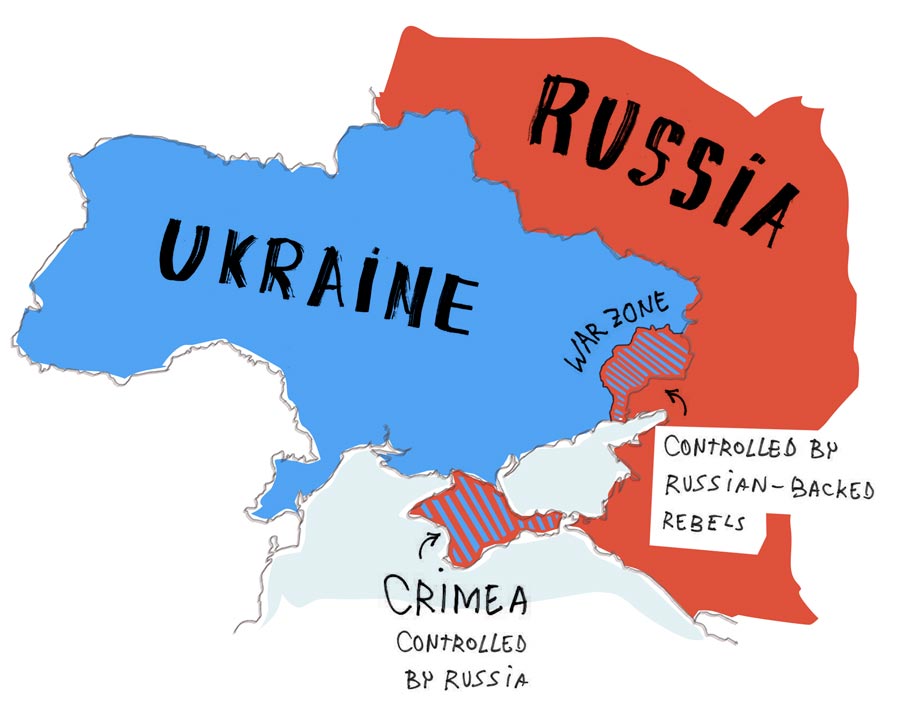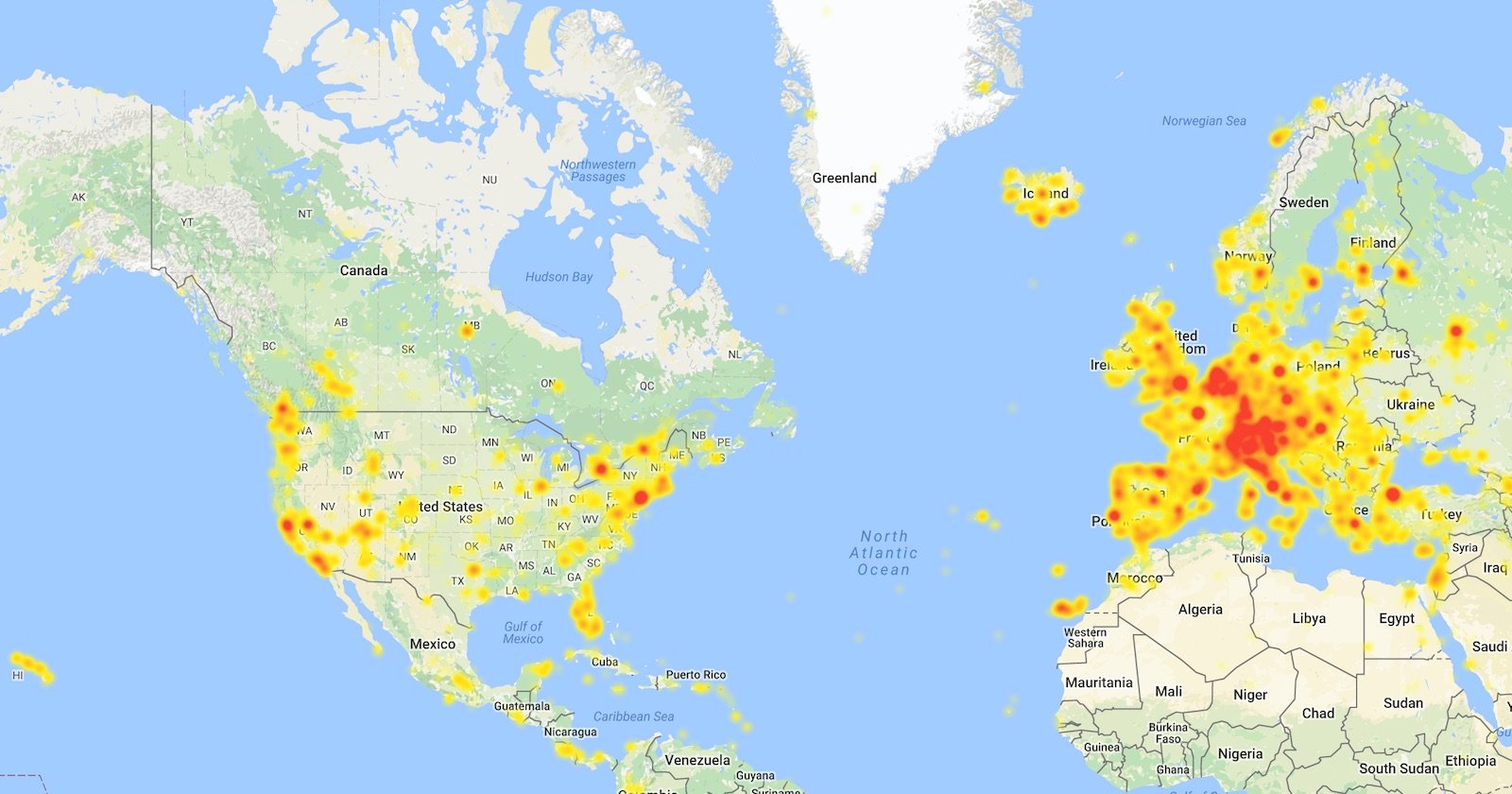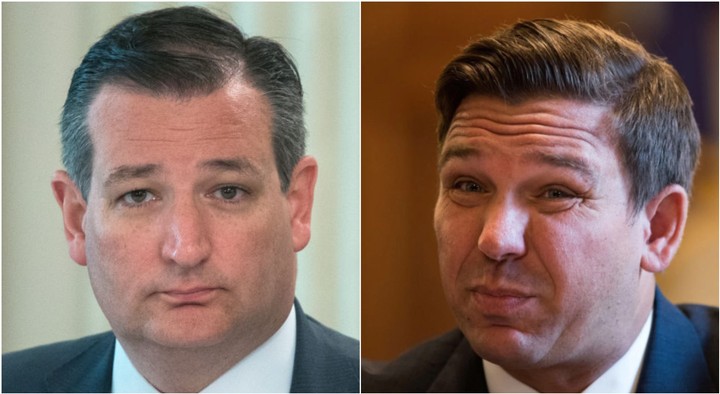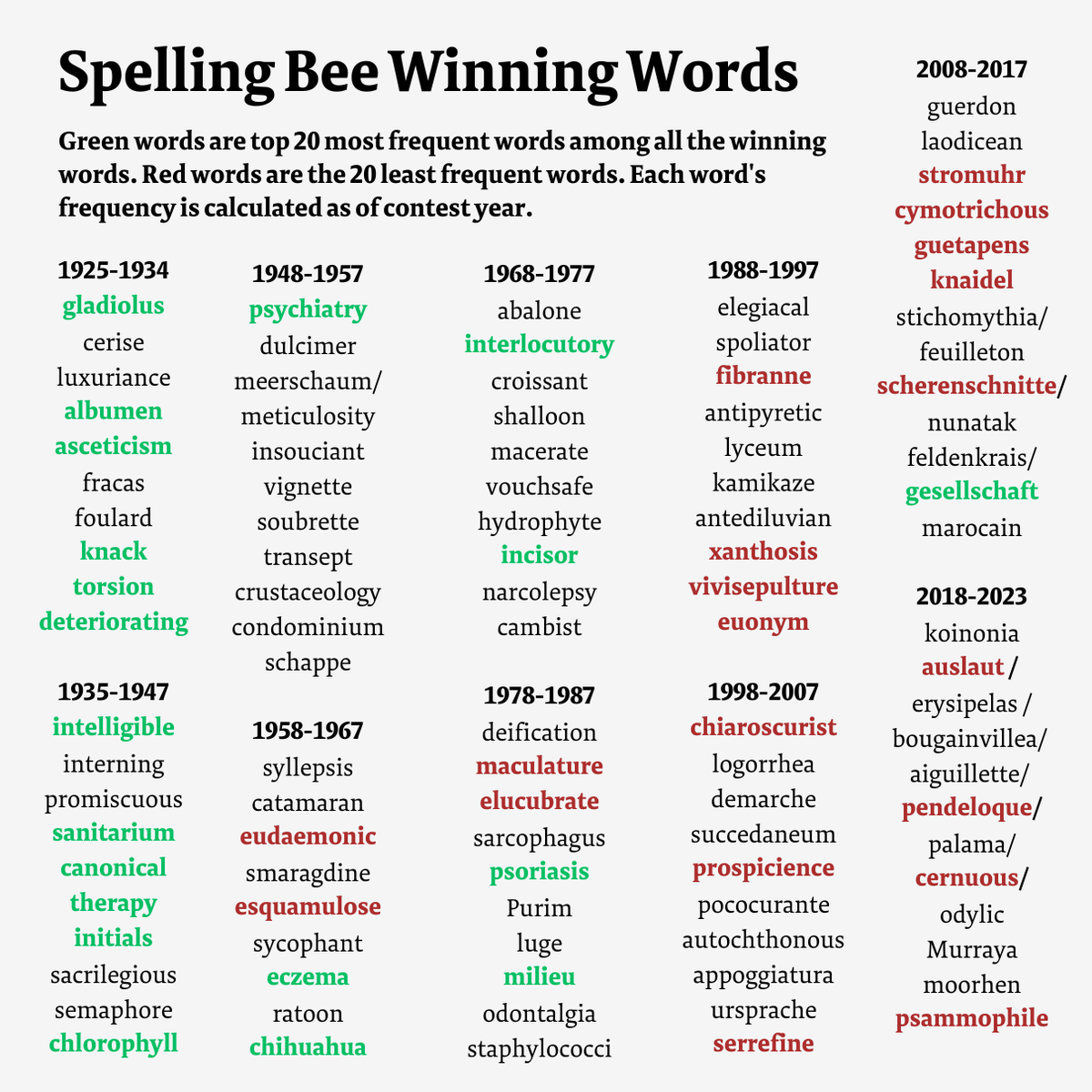Trump's Peace Plan For Ukraine: Obstacles And Russian Influence

Table of Contents
Key Components of Trump's Proposed Ukraine Peace Plan
Trump's proposed peace plan for Ukraine, while not formally documented as a comprehensive proposal, can be gleaned from his public statements and interviews. Key elements generally include:
- Territorial Concessions: This aspect remains the most controversial, suggesting potential Ukrainian concessions on territory currently occupied by Russia. The specifics of these concessions are unclear, but they represent a significant point of contention.
- Security Guarantees: The plan likely involves promises of security guarantees for Ukraine from other nations, potentially including NATO members. However, the nature and extent of these guarantees are unspecified, raising questions about their enforceability.
- Ceasefire Agreement: A central element would involve a negotiated ceasefire between Ukraine and Russia, to halt ongoing hostilities. Mechanisms for monitoring and enforcing such a ceasefire would be critical for success.
These proposals, while seemingly aimed at de-escalation, face significant challenges that cast doubt on their viability. The lack of clearly defined terms and the ambiguity surrounding enforcement mechanisms leave considerable room for interpretation and potential exploitation.
Obstacles to Implementing Trump's Peace Plan
Implementing Trump's proposed peace plan for Ukraine faces numerous hurdles, encompassing domestic Ukrainian resistance, international discord, and logistical complexities.
Ukrainian Public Opinion and Resistance
Any peace plan involving territorial concessions is likely to face significant resistance from the Ukrainian public.
- Loss of Territory: Ceding territory is anathema to many Ukrainians, who view it as a betrayal of national sovereignty and an unacceptable price for peace.
- Perceived Weakness: Accepting concessions could be interpreted as a sign of weakness, potentially emboldening Russia to make further demands in the future.
- Historical Trauma: The historical context of Russian aggression and territorial disputes fuels deep-seated mistrust, making any compromise highly contentious. This sentiment significantly impacts public opinion in Ukraine regarding any peace negotiations involving territorial loss.
Understanding Ukrainian sovereignty and territorial integrity as core principles is crucial to evaluating the plan's feasibility.
International Community Support (or Lack Thereof)
Securing broad international support for Trump's plan presents a significant challenge.
- NATO Divisions: NATO allies are unlikely to be united in their support for a plan involving Ukrainian concessions, given the potential implications for the alliance's credibility and security.
- EU Concerns: The European Union shares similar concerns regarding territorial integrity and the precedent that such concessions would set for future conflicts.
- Differing National Interests: Various nations have diverse interests and perspectives on the conflict, making a unified approach difficult to achieve. The international relations dynamics involved are complex, and reaching a consensus on NATO support for Ukraine will be extremely difficult.
Logistical and Practical Challenges
Even if a ceasefire agreement is reached, implementing it in a war zone presents major logistical challenges.
- Monitoring a Ceasefire: Establishing effective monitoring mechanisms to ensure compliance by both sides is difficult given the fluid nature of the conflict. Addressing security concerns in Ukraine during a ceasefire is paramount.
- Troop Withdrawals: Coordinating the withdrawal of troops and heavy weaponry is a complex and potentially dangerous undertaking, requiring intricate agreements and effective verification procedures.
- Humanitarian Aid Delivery: Ensuring the safe and efficient delivery of humanitarian aid to affected areas remains a major logistical challenge, particularly in conflict zones. Addressing post-conflict reconstruction will require substantial international collaboration.
The Shadow of Russian Influence
Russia's potential gains and likely response significantly impact the viability of Trump's proposed plan.
Russia's Potential Gains and Objectives
Elements of Trump's plan could significantly benefit Russia.
- Territorial Gains: Any territorial concessions by Ukraine would solidify Russia's gains from the invasion and potentially embolden further aggression. This aligns with Russia's geopolitical interests.
- Weakening of Ukraine: A perceived Ukrainian concession could weaken its resolve and its standing in the international community. This would further Russia's aim of undermining Ukraine's territorial integrity.
- Reduced International Pressure: A negotiated settlement, even one involving compromises, could reduce international pressure on Russia and potentially normalize its actions. This could allow Russia to further its agenda without significant international relations consequences.
Assessing Russia's Likely Response
Predicting Russia's response to Trump's plan is challenging, but several scenarios are plausible:
- Acceptance (Partial or Conditional): Russia might accept parts of the plan, but only if it achieves its key strategic objectives. This scenario depends heavily on the specifics of the plan and potential loopholes.
- Rejection: Russia might reject the plan outright if it does not perceive sufficient gains or if it aims to continue its offensive.
- Exploitation: Russia could attempt to exploit any ambiguities or weaknesses in the plan to its advantage, potentially using it to further its expansionist aims. Understanding Russia-Ukraine negotiations in this context is vital.
Conclusion: Evaluating the Viability of Trump's Ukraine Peace Plan and the Path Forward
Trump's proposed peace plan for Ukraine faces considerable obstacles, ranging from deep-seated Ukrainian resistance and international divisions to the inherent challenges of implementing agreements in a war zone. The shadow of Russian influence, and the potential for Russia to exploit any weaknesses in the plan to further its agenda, further complicates the outlook. Achieving lasting peace in Ukraine requires a nuanced approach that addresses the security concerns of all parties, respects Ukrainian sovereignty, and addresses Russia's geopolitical interests in a way that does not come at the expense of Ukrainian territorial integrity.
The complexities of achieving lasting peace in Ukraine are immense. While Trump's plan offers a potential framework for negotiation, its viability is highly questionable given the significant obstacles outlined above. We encourage readers to engage further with this critical issue, researching multiple perspectives on "Trump's Peace Plan for Ukraine" and exploring other potential solutions to this multifaceted and devastating conflict. Critical engagement and further investigation are crucial to understanding the path towards lasting peace.

Featured Posts
-
 New Business Hotspots Across The Nation An Interactive Map
Apr 26, 2025
New Business Hotspots Across The Nation An Interactive Map
Apr 26, 2025 -
 Europa League Ajax Lose Crucial Home Leg To Frankfurt
Apr 26, 2025
Europa League Ajax Lose Crucial Home Leg To Frankfurt
Apr 26, 2025 -
 The Smelliest Member Of Congress Revealed
Apr 26, 2025
The Smelliest Member Of Congress Revealed
Apr 26, 2025 -
 Congressional Stock Trading Ban Trumps Position Revealed In Time Interview
Apr 26, 2025
Congressional Stock Trading Ban Trumps Position Revealed In Time Interview
Apr 26, 2025 -
 Solve Todays Nyt Spelling Bee February 5th 339 Hints And Complete Answers
Apr 26, 2025
Solve Todays Nyt Spelling Bee February 5th 339 Hints And Complete Answers
Apr 26, 2025
